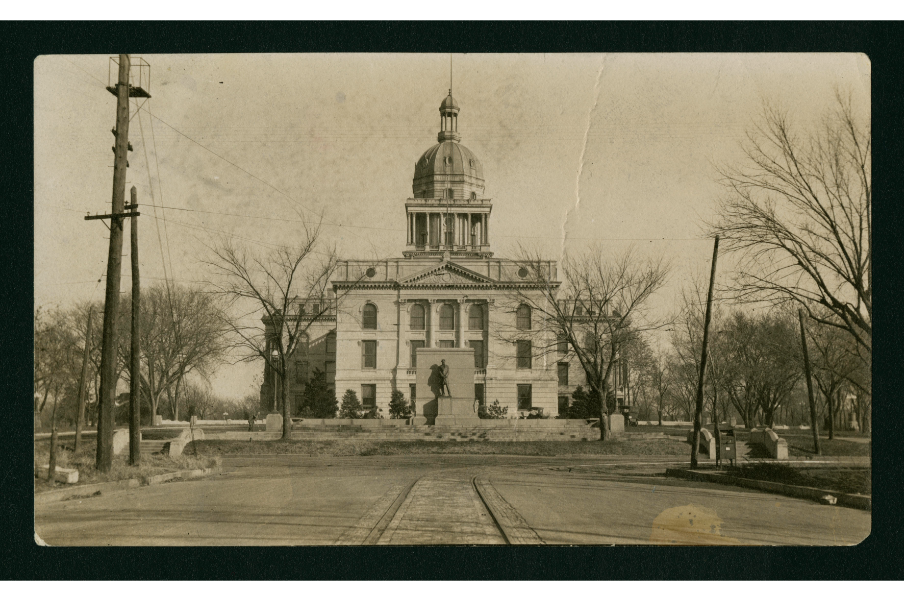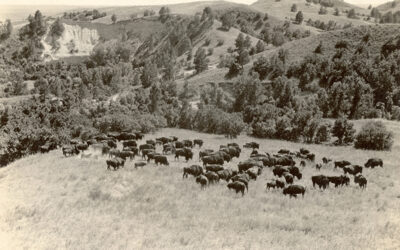The real beginnings of the modern concrete block industry did not begin until the advent of Harmon S. Palmer’s cast-iron machine for making such blocks, patented in 1900. However, a whole series of patents was issued to both American and English inventors in the second half of the nineteenth century for a variety of means of producing concrete blocks. The Daily State Journal of Lincoln on March 27, 1878, reported the local manufacture of what it called “Artificial Stone,” probably an early form of concrete block.
“We made mention in the Journal of yesterday that we should examine thoroughly into the merits of the artificial stone works at the manufactory on 10th street, for which our reporter was present, together with Prof. Bailey, of the Nebraska University, who thoroughly endorses this stone as one of the lost arts. The Egyptians, Romans and Chinese have at the present time buildings erected that have stood for centuries, but the art was lost to mankind where there is no conceivable power that could place them where they now stand, as not a seam is found in the works erected. It struck us forcibly while in the works yesterday, looking at the workmen throwing the sand into the mould boxes and instanter opening the moulds and taking therefrom one of the most perfect and beautiful crystallizations in the shape of an elegant key-stone, which was made in one minute by the watch, at a cost of about fifty cents, which certainly could not be cut by the most skillful mechanic for less than $20. This brings to our mind historical facts of the Temple of King Solomon and the pyramids of Egypt, which our English and French and American travelers have heretofore discussed through the columns of the metropolitan journals of the world.”
According to the Journal, W. H. B. Stout, instrumental in the construction of the second Nebraska Capitol and several other state buildings, had a financial interest in the artificial stone works. Prospective customers were invited to “see at their establishment photographs of elegant buildings built of this stone; one, a photograph, shows a very handsome and palatial residence built of this stone and the interior of the building burnt out and the walls standing intact, without a crack or seam open and everything in perfect order.” The concrete block house had survived both the fire and the water used to extinguish it.

Black and white photograph of the second Nebraska State Capitol Building and the Lincoln Memorial.



